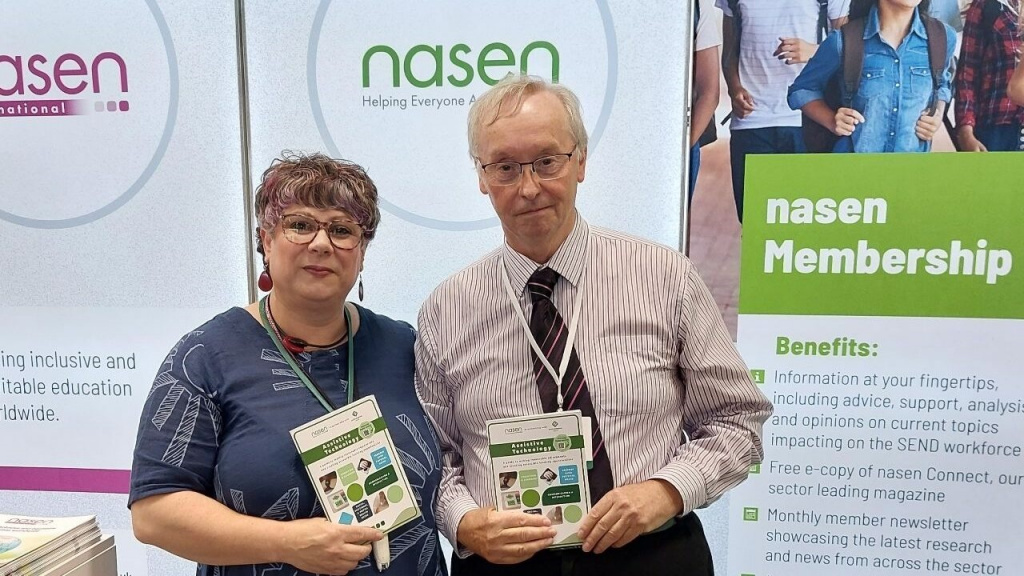
The National Association for Special Educational Needs (nasen), known for its collection of free-to-download mini-guides aimed at supporting educators and caregivers of children and young people with Special Educational Needs and Disabilities (SEND), has released a new addition to this invaluable series – the Assistive Technology (AT) mini-guide. Co-authored by Julia Clouter, Head of Education at Scanning Pens, and Myles Pilling, a specialist SEND ICT-AT consultant, this guide serves as a compass for educators looking to navigate the ever-evolving landscape of assistive technology in education.
The AT mini-guide offers easy-to-digest and essential information, enabling readers to make reasonable adjustments and create accessible learning opportunities for students with diverse learning needs. But it goes beyond being just a resource; it's a catalyst for change.
At its core, this guide promotes the pedagogy of accessibility. It fosters a ripple effect that benefits all students. It boosts teachers' confidence in using AT and normalises the use of learning accommodations for anyone who may benefit from them. The aspiration here is to empower learners with diverse needs to confidently embrace gap-closing tools without feeling stigma or shame, making normalcy in the use of AT the key to the classroom.
But how does this guide impact the teaching landscape across Multi Academy Trusts and schools in general? It has the potential to resonate deeply with experienced classroom practitioners, Special Educational Needs Coordinators (SENCOs) and those seeking ways to increase access to learning opportunities.
However, its reach extends even further. Lead teachers gain a comprehensive overview of how to implement AT strategies and address the inherent challenges in providing AT across a school or cluster of schools. Beyond the classroom, it's an invaluable resource for parents, disability advisors and anyone involved in the mission to provide equitable access to opportunities, ensuring that every individual's potential is realised.